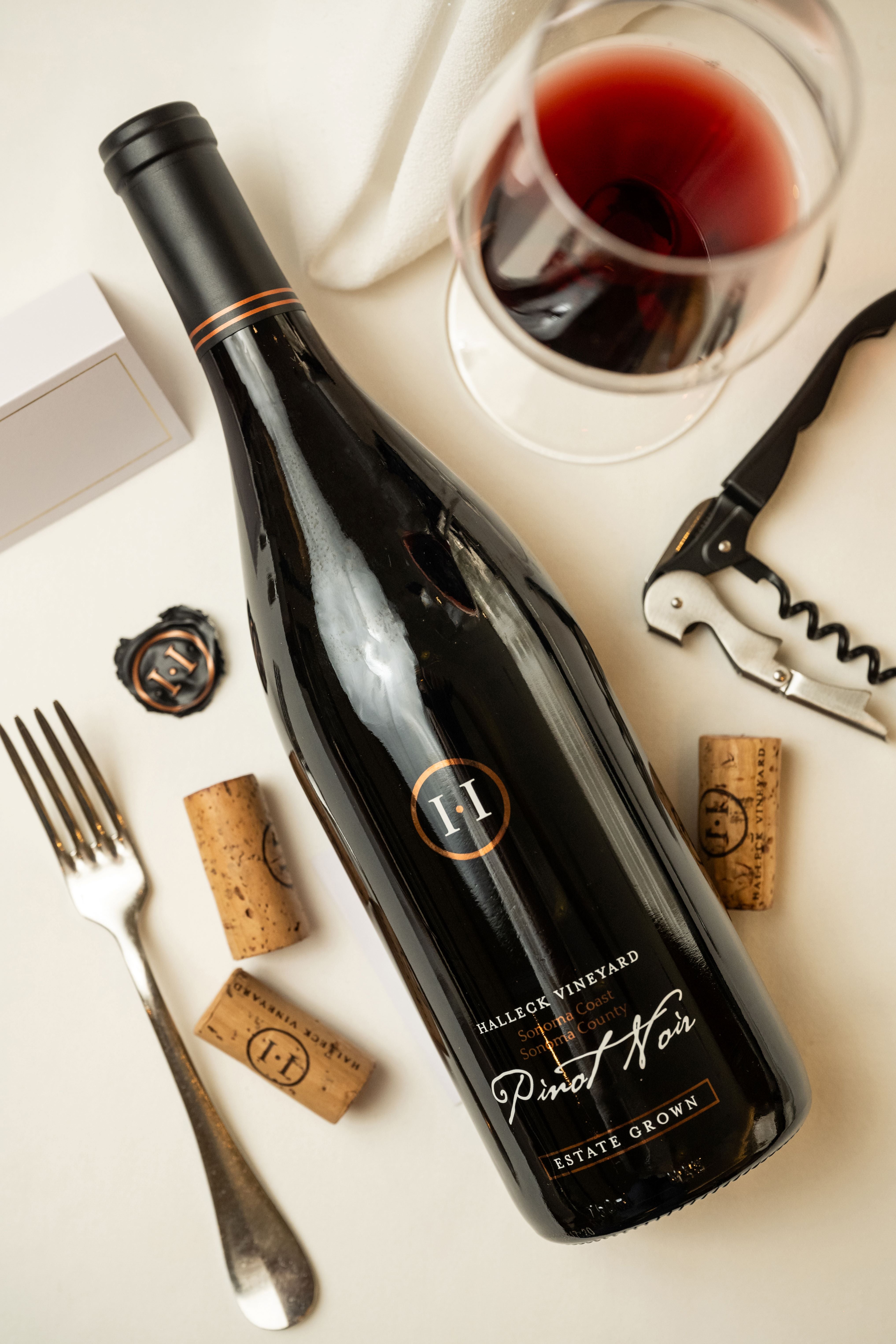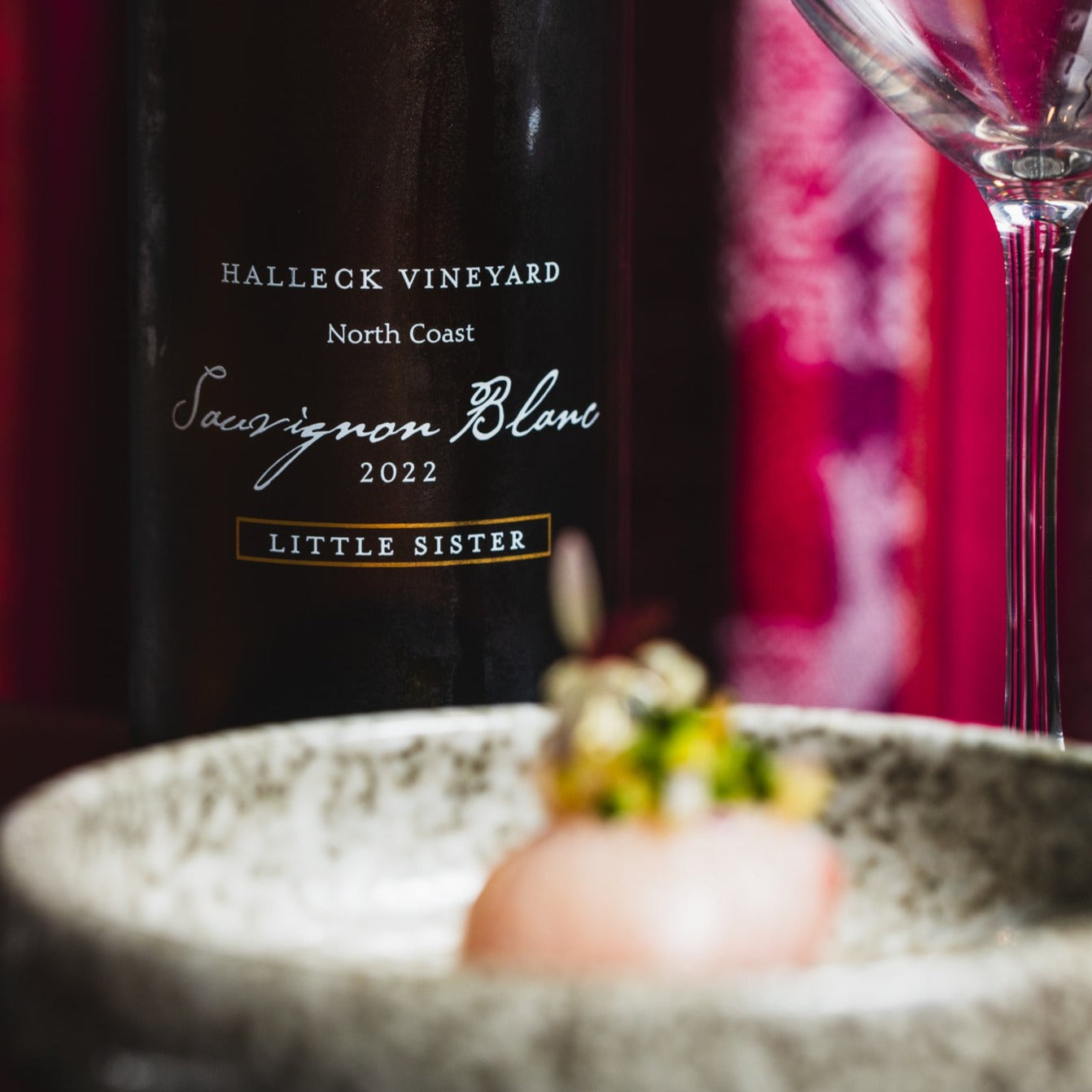Wineries Located Near Russian River Valley - Discover Sebastopol's Wine Scene
Wine tasting is an art that mixes sensory experience with an appreciation for the nuances of different varietals. How to evaluate flavors in winery wine tasting sessions is pivotal to grasping the complexities of wine.
Engaging in a wine tasting includes greater than simply sipping and savoring. It requires a targeted strategy to establish aromas and flavors that each wine presents. As you begin, observe the wine's appearance, noting its color and clarity. These visual cues often suggest a wine’s age, grape variety, and even potential flavor profiles.
The next step in the tasting process is to swirl the wine in your glass. This motion releases aromatic compounds which might be vital for evaluation. Lean in and take a moment to inhale deeply; the aromas can range from floral and fruity to spicy and earthy. The nostril of the wine is just as important because the palate, and recognizing scents plays a major function in understanding the overall experience.
When taking your first sip, enable the wine to move throughout your palate - Wineries With Live Music Events Occasionally. Notice the preliminary flavors that current themselves. Is the wine fruity, floral, or perhaps herbaceous? This preliminary style provides perception into what the wine is likely to specific as you continue to gauge it. The mouthfeel additionally contributes to the general flavor experience; it may be silky, tannic, and even effervescent.
Wineries With Sustainable Practices - A Guide To Sonoma Wineries
As you continue tasting, take note of the wine’s stability. A well-balanced wine will harmonize acidity, sweetness, and tannins. If one element overwhelms the others, it'd point out a much less fascinating quality. Evaluating balance might help you determine how well the wine may pair with food.
Transitioning to the finish, think about how the flavors evolve as the wine lingers on your palate. A long, pleasant finish can indicate a high-quality wine, whereas a brief or abrupt finish would possibly recommend in any other case. Mirror on whether the flavors remain consistent or if new notes emerge as the wine settles. This development can reveal complexities and intricacies that may not have been apparent within the initial tasting.
Temperature is also an important factor in evaluating wine flavors. Different forms of wine are optimally enjoyed at particular temperatures. White wines typically shine when chilled, while red wines typically carry out best at room temperature. When tasting, ensure the wine is at the appropriate temperature to totally respect its character.
Celebrated Winemakers To Discover In Sonoma - Wineries With Stunning Views In Sonoma
Pairing food with wine can significantly improve the tasting experience. Meals can affect the perception of flavors in wine, either highlighting sure traits or diminishing them. When evaluating flavors, contemplate how the wine interacts with totally different meals, noticing which flavors are amplified or muted (Wineries Hosting Seasonal Events).

Consider the affect of terroir as you interact in a winery tasting. Terroir encompasses the distinctive environmental elements that have an effect on grape rising, together with soil composition, local weather, and geography. Understanding a wine's terroir can present perception into its flavors and aromas, fostering a deeper appreciation for the choices made throughout its cultivation and manufacturing.
Schooling performs a elementary position in enhancing one's capability to judge wine flavors. Studying about grape varieties, wine areas, and manufacturing methods can pave the best way for more knowledgeable judgments during tastings. Moreover, attending workshops or classes can refine sensory skills and increase your flavor vocabulary, enabling you to articulate tasting notes more effectively.

Finally, it is important to remember that evaluating wine flavors is a extremely personal experience. Particular Person preferences and perceptions will invariably shape one’s tasting journey. Enjoyment should be at the forefront, with the analysis process appearing as a device to boost understanding and appreciation rather than create inflexible tips.
Rustic Family-Owned Wineries In Sebastopol - Discovering Sonoma Area Wineries
In conclusion, mastering tips on how to consider flavors in winery wine tasting sessions includes a combination of sensory engagement, data, and practice. By studying to determine aromas, assess the stability, and recognize the intricacies of flavor, wine enthusiasts can deepen their connection to every bottle they encounter. As with any art kind, the extra one immerses themselves in the experience, the more they will discover and enjoy the huge world of wine.
- Begin by observing the wine's colour and readability, as these visual components can hint at its flavor profile and aging potential.
- Swirl the wine gently in your glass; this releases fragrant compounds, allowing you to better identify the advanced scents related to the wine.
- Take a deep inhale earlier than tasting, focusing on both major and secondary aromas to gather insights on fruits, spices, and other nuances.
- When tasting, enable the wine to coat your palate; note the preliminary flavors, the mid-palate complexity, and the end as these phases can present different flavor highlights.
- Pay attention to texture and mouthfeel, as aspects similar to tannin levels, acidity, and sweetness contribute significantly to the general tasting experience.
- Compare flavors against standard wine traits; for pink wines, think about berry notes, oak affect, and natural tones, while whites could embody citrus, stone fruits, and floral hints.
- Take notes during the tasting session to track your impressions, serving to you to remember and consider the totally different wines sampled.
- Discuss your findings with fellow tasters or winery workers, as sharing insights can enhance understanding and appreciation of particular person flavors.
- Permit time for the wine to breathe; typically, flavors evolve and reveal new dimensions after being uncovered to air.
- Experiment with food pairings in the course of the tasting as they will dramatically alter how flavors are perceived, influencing overall enjoyment.undefinedWhat ought to I look for when evaluating the aroma of wine during a tasting?
Start by swirling the wine in your glass to release its aromas. Deliver the glass to your nostril and take a deep breath. Pay attention to the primary scents you detect, as these are sometimes the most outstanding. Look for fruit, floral, natural, or earthy notes and attempt to establish specific characteristics, which is ready to deepen your understanding of the wine's complexity.
Popular Wineries With Outdoor Seating In Sonoma - Vineyards Near Sebastopol
How can I distinguish between completely different flavor profiles in wine?
Perceive that flavor profiles are sometimes categorized as fruit, floral, herbaceous, spicy, or mineral. Take small sips and permit the wine to coat your palate. Discover the first flavors that emerge first and the delicate notes that observe. This layering is important in distinguishing the wine's traits and can assist you to recognize its distinctive profile.
Wineries Located Near Russian River Valley - Sebastopol Vineyard Visits
What is the significance of the wine's texture in a tasting?

The texture of the wine, also referred to as mouthfeel, performs an important role in how we understand flavors. Pay consideration as to if the wine feels smooth, creamy, or gritty. The physique of the wine (light, medium, or full) can enhance or contrast with flavors, visit this page offering a more rounded experience throughout tasting.
How do I assess the balance of flavors in wine?
Balance in wine refers to the harmony between acidity, sweetness, tannin, and alcohol. Take a second to evaluate whether these elements complement or intrude with one another. A well-balanced wine may have none of its components overpowering the others, creating a pleasing tasting experience.
Wineries Featuring Vineyard Tours - Unforgettable Wine Tastings In Sonoma
What position does temperature play in evaluating wine flavors?
Temperature can considerably impression the perception of flavors. Usually, pink wines are greatest served slightly beneath room temperature, whereas white wines take pleasure in being chilled. As the temperature adjustments, the aromas and flavors can shift, allowing you to understand completely different traits. It’s essential to style wine at its optimum temperature for true evaluation.
Wineries Offering Virtual Wine Tastings - Sonoma Wine Country Wineries To Explore
How can I enhance my tasting skills over time?
Practice is essential to bettering your tasting skills. Wineries That Host Harvest Festivals. Attend tastings, maintain a journal of your experiences, and discover different types of wines to broaden your palate. Moreover, studying about wine manufacturing and grape varieties can present context that enhances your analysis process, making you a more informed taster.
Is there a selected order by which I ought to style the wines?
Wineries That Host Harvest Festivals - Explore Sebastopol Area Vineyards
Yes, it’s advisable to taste wines from light to full-bodied and dry to candy. This progression prevents the stronger flavors from overshadowing the more delicate ones, allowing you to completely respect each wine's characteristics and nuances with out palate fatigue.
How can I consider the aftertaste of wine?
Wineries Offering Private Events - Sebastopol Vineyard Experiences
The aftertaste, or end, is a vital facet of the wine-tasting experience. After swallowing, take note of how lengthy the flavors linger in your palate and whether they change. A lengthy, nice finish is commonly an indicator of a high-quality wine, while a short or disagreeable finish Your Domain Name may recommend otherwise.
Why is it necessary to notice the wine’s acidity throughout tasting?
Acidity contributes to the general freshness and construction of the wine. Pay consideration to the tingling sensation on your tongue; higher acidity can improve the wine's liveliness and stability out sweetness. Noting acidity helps determine the wine's versatility with food and its growing older potential.
What should I do if I wrestle to identify particular flavors in wine?
Wineries In Dry Creek Valley - Sonoma Vineyard Tours
Struggling to identify flavors is common, particularly for novices. Focus on broader classes and describe what you'll find a way to recognize, such as candy or earthy notes. With practice, studying about totally different flavor profiles, and perhaps using flavor wheels, you may refine your senses and develop a extra nuanced approach to tasting.